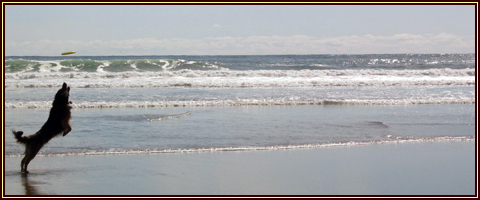Help For A Scooting Pooch
There is a simple reason for scooting dogs. While many are quick to diagnose the problem as worms, the answer can be found in the anal glands. The glands contain an oily liquid that marks territory and helps dogs identify one another. Dogs use the odor as an identifier when sniffing the anus of another canine. Signs of anal gland problems include anus licking, smell and scooting.
Anal Gland Anatomy
The anal sacs are on the sides of the rear end inbetween the exterior and interior sphincter muscles. The sphincter keeps feces inside the dog. When feces pass through the anus, the sphincter muscle triggers an emptying of the anal sacs, causing the oily liquid to drain.
Anal Gland Conditions and Diseases
Canine anal glands range in size depending on the breed and size of the dog. Problems occur when the oily liquid does not empty from the glands. Liquid blocked in the gland will become thicker and thicker. Stagnant fluid can trigger multiple problems and symptoms. Swelling glands are uncomfortable for the dog. Many dogs suffer from anal gland infections, a condition that requires antibiotics and a veterinarian to drain the glands. One sign of infection is unusually bad odor.
While rare, tumors can also cause a blockage. Tumors affect one of the glands. If the growth is metastatic, it can move to nearby lymph nodes, the liver and lungs. If a cancerous growth is blocking any fluid, see a veterinarian as soon as possible. The typical prognosis for an anal sac tumor is 544 days.
Prevention
Dog owners can prevent anal sac issues by observing and acting on any early signs. Dogs that are suffering from anal gland issues will slide across the floor on the anus or lick the rear end. The powerful smell is also a sign that an issue requires attention.
Treating the Problem
Anal glands in a healthy canine will empty as a part of a normal bowel movement. If your dog frequently suffers from anal gland impaction, an owner can be trained to empty the sacs. A groomer or vet can express the glands during an office visit. Dogs with frequent issues are treated with surgical removal of the sac.
Cathy Doggins is the author of many articles on dog impaction and behavior. She enjoys teaching owners about canine health in order to help avoid disease and prevent behavior problems. When not caring for her canines, she can be discovered caring for her own dogs, or as a volunteer at a small pet shelter.







